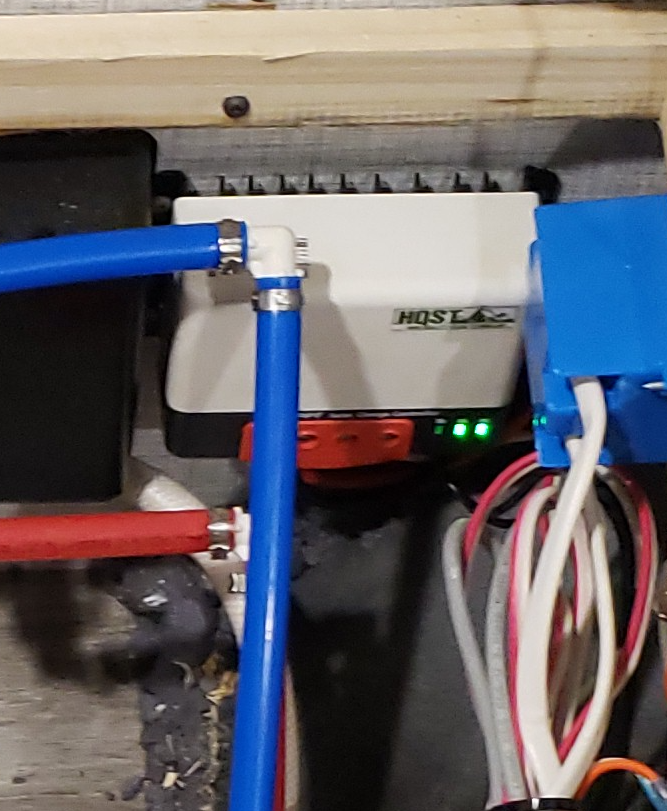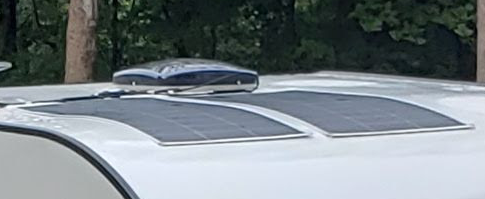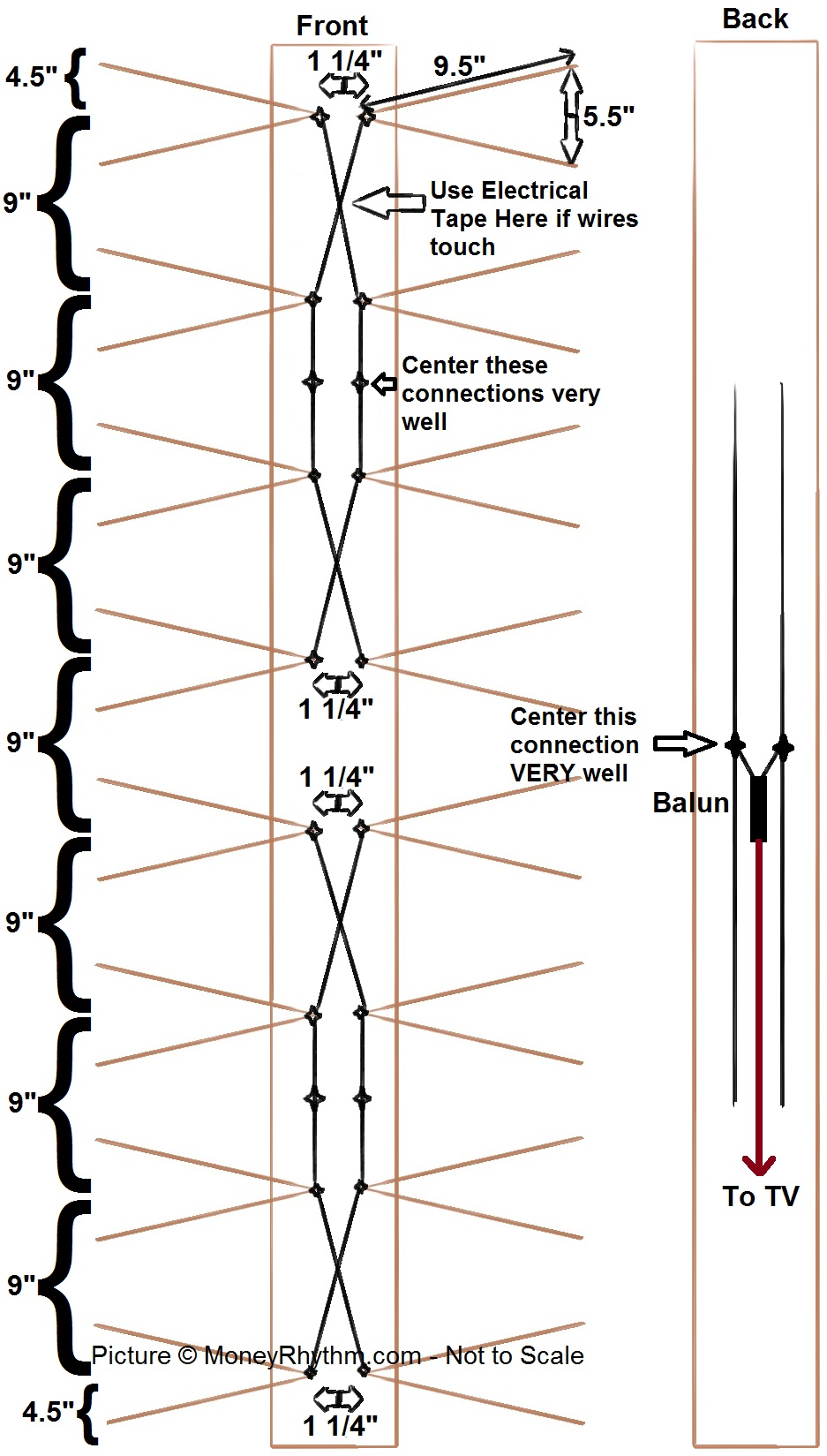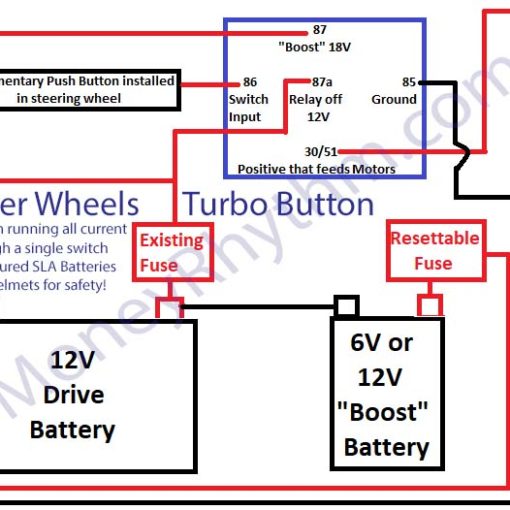I’ve been a bit absent from my site lately, and that’s because I’ve been having a lot of fun ripping apart our brand new tiny travel trailer. Its a Bushwhacker 17BH. A bunkhouse for the kids and with full functionality. We like to think people get a laugh out of us when 5 people and a big dog shuffle into and out of our 17 foot trailer.
I could go on and on about why we like our trailer, but I want to talk about something I am pretty passionate about as far as modifications I’ve done to the trailer. Due to the ever popular “supply chain constraints” our refrigerator is a 12v model. I actually like it to be honest because it is larger than the propane, 12V, 120volt equivalent we would’ve received. I calculate that the Deep Cycle Marine 12Volt battery that come standard on most trailers can run the fridge for approximately 3 days. That seems okay, but I realized quickly I needed a solar option to extend that operability.
I’m going to show you what I have now and what my dream system would be as well as some of the pros and cons of the upgrades.
Current Solar Setup – Basically, indefinite power for the refrigerator
We have 2x100watts of flexible solar panels on the roof and solar charge controller. The beauty of this small system is its simplicity.
On sale, flexible solar panels cost the same as their rigid complements and reduce air resistance. I see no reason to risk the bigger panels fly off your rig. I went way overboard securing the flexible panels and read so much about securing them to the roof. I used about 15 feet in an x formation and along the edges of the entire length of each panel of 3M VHB Tape. Most internet sources said this was good, but I really wanted this to be secure, so I put 3M 5200 Marine Adhesive Sealant on the Leading edge of the panel. One square inch of this could theoretically lift the entire trailer!!!! I put it on the entire leading edge! For future reference, citrus cleaner such as googone is supposed to be able to remove the Marine adhesive and fishing line should be able to defeat the VHB tabe if I ever need to remove them.
We drove thousands of miles this summer and inspection of the solar panels after shows absolutely no shifting or change in how secure they are. The solar charge controller is easy to hook up, two wires to the battery and two wires to the solar panels. We bought only a 20amp charge controller which is good for right now, but not great for upgrading . . .

On our extended trip, even with only bright sun for a couple hours on the panels each day, we had no problem charging our cell phones and kindles AND keeping the refrigerator frosty.
A big negative to this system is the lack of an inverter so there is NO 120V AC power. Aka, no microwave, no A/C, no tv (unless you have a 12v TV). The deep cycle marine battery we have is nice, but it shouldn’t be drawn below 50% because of its lead acid chemistry. This means our 650Watt A/C will kill that battery within about 45 minutes . . . Not worth the effort. (Math if you care. Batteries are 100 Amp Hours (50 amp hours usable). Power = Amps * Voltage. . . SO 650= amps*12 . . . Amps at battery are 54 amps. 50/54 equals less than 1 hour run time . . .
Future Travel Trailer Solar and Storage Setup
The goal here is to never need to plug in to shore power. So the big goal here is to measure the biggest draw on your system and plan to generate and store more power than required. Even for our tiny travel trailer, being able to store enough power for several stormy days is a big task, BUT we are making some amazing progress with batteries. Here is my list for what I need form 17 foot trailer.
Our biggest draw is the A/C. I measured it with a kill-a-watt device and it uses 650 watts at peak use. IF we only had the above running, I would like to make in excess of that amount so that in full sun I could still charge while running the A/C.
- Solar panels ($100 each at time of writing)
- 800 Watts 8 x 100 Watts Flexible Solar panels
- Solar Charge Controller ($300 at time of writing)
- 60 Amp Solar Charge Controller – Big enough to handle 800 Watts at 12 Volts. 12 Volts will require THICK wires between the charge controller and the batteries, but keeps me from needing a voltage converter. I think that is a plus. If you need more than 800 Watts, you’ll probably need to wire your batteries in series for 24 Volts or 48 Volts and unless you want to convert all of your 12Volt RV appliances to your new voltage you’ll need a step down transformer (Buck Converter) –Only 800 Watts of solar will keep me from needing this and will eliminate a potential point of failure.
- Batteries Storage ($1000 each at time of writing)
- Without a doubt, you must purchase Lithium Iron Phosphate batteries. . . they are half the weight, with a higher capacity, and a life expectancy of 10 years or better if you take care of them when compared to lead acid.
- I decided 2 of these 12V 300 Amp Hour Lithium Iron Phosphate batteries would be enough storage wired in parallel (keeps voltage at 12V for the system). Assuming our AC is on 1/4 of the time when running constantly that would be about 20 amps per hour used. Lithium Iron Phosphate can be discharged to 20% with no ill effects so thats 480 Amp hours of useable stored energy. Assuming total darkness and no solar input, that would be 24 hours of air conditioning. Total darkness probably wouldn’t need near that much power for air conditioning AND if it was sunny, we would be charging the batteries since we have more solar panel input than our maximum use(the AC). I hope all of the makes sense!!!
- Inverter ($200 at time of writing)
- Undoubtably you have some 120V appliances, like our Air conditioner, a microwave, TV, etc. To use these, you’ll need to convert your stored battery energy to 120 Volts Alternating current. If you want to run just about anything (maybe not all at once), you’ll want a 2000W pure sine wave inverter. Honestly, we have low power requirements, so I plan on purchasing the 1000W version. BUT, I like the idea of having the 2000W version since that basically would run anything that runs on a standard outlet, even most larger items like well pumps. Bigger does = less efficient though, so we will be going with the 1000W for the camper. This should also result in slightly less strain on the battery
That’s it, that’s the dream. Maybe so many of you will be inspired and buy through the amazon affiliate links above that I will be able to afford the upgrade (it doesn’t cost you anything, but I get a small percentage if you buy something within 24 hours of clicking from my article), but at roughly $3000, its still a dream for our family.
If there is anything you want me to elaborate on or other ideas you think I might like, Please leave a comment or find me on instagram @DrAllenRuppert
Thanks!






